TIP668: WHAT I LEARNED ABOUT INVESTING
W/ STIG BRODERSEN
12 October 2024
In today’s episode, Stig Brodersen outlines 10 things he has learned about investing since he started The Investor’s Podcast in 2014. In the second segment of the show, Clay Finck joins to discuss his top takeaways from his investing career.
IN THIS EPISODE, YOU’LL LEARN:
- Why you should be careful who you listen to about stock investing.
- Why you should not screen for stocks.
- Why Stig’s circle of competence is getting smaller.
- Why Stig do not read as many investing books as he used to.
- Why you should set up guardrails for yourself.
- Why you shouldn’t look at your track record more than once per year.
- Why you shouldn’t only have public equities in your portfolio.
- Why you should run your track record 1,000 times.
- How one could think about position sizing.
- What are the implicit assumptions?
- What Clay learned about investing.
TRANSCRIPT
Disclaimer: The transcript that follows has been generated using artificial intelligence. We strive to be as accurate as possible, but minor errors and slightly off timestamps may be present due to platform differences.
[00:00:01] Stig Brodersen: I met my co-founder, Preston Pysh, on an online forum back in 2013, where we discussed accounting and what we can learn about investing from Warren Buffett and Charlie Munger. Now, at the time, I had just started investing in my own portfolio and mistakenly thought I could be the next Warren Buffett.
[00:00:19] Stig Brodersen: And at the time, I do have to say, it seemed like almost everything I touched in the stock market just went up into the right. And of course, little did I know that everyone looks like a genius in a bull market, because this was a time where I had not yet been humbled by the stock market. And I had an ego, you’re borderlining my own nemesis here.
[00:00:39] Stig Brodersen: So I typed up this Excel spreadsheet and how much I could compound my meager savings. If I could sustain a track record like Buffett himself. And yes, I am aware of how ridiculous it sounds. Yes, but that was nonetheless how I approach things back in the day. So if we fast forward to 2014, this was the time whenever I started.
[00:01:01] Stig Brodersen: The Investor’s Podcast together with Preston and again, it sounds ridiculous, but at the time I had more excited about creating a podcast in my second language. And then all the technical difficulties of, you know, handling a microphone, they had a mixer. We had something a big machine called a gate limiter.
[00:01:19] Stig Brodersen: And there was just an endless number of wires and courts that that was really what occupied my mind much more than how I would perform in the stock market. Well, I had lots to learn. Yeah. And today, more than 10 years after we started TIP, I wanted to summarize and outline 10 things I learned about investing. Here we go.
[00:01:44] Intro: Celebrating 10 years and more than 150 million downloads. You are listening to The Investor’s Podcast Network. Since 2014, we studied the financial markets and read the books that influence self-made billionaires the most. We keep you informed and prepared for the unexpected. Now, for your host, Stig Brodersen.
[00:02:12] Stig Brodersen: You’re listening to The Investor’s Podcast, and I’m your host, Stig Brodersen. Today, I’m going to do a solo episode where I’m going to talk about 10 things I learned about investing after more than 10 years with TIP. Let’s just dive right into it. Point number one, be careful who you listen to. So I think we’re all prone to comparing ourselves with others, even if we know that we should not.
[00:02:38] Stig Brodersen: And so if you’re running a marathon, it’s popular to say that you don’t run against others, but you run against yourself. But at the same time. Whenever you do that, people still ask about your time and they’re not shy about telling you if they do it faster than you. And it’s sort of like the same thing in investing.
HELP US OUT!
Help us reach new listeners by leaving us a rating and review on Apple Podcasts! It takes less than 30 seconds, and really helps our show grow, which allows us to bring on even better guests for you all! Thank you – we really appreciate it!
BOOKS AND RESOURCES
- Join the exclusive TIP Mastermind Community to engage in meaningful stock investing discussions with Stig, Clay, Kyle, and the other community members.
- Stig’s blog post on his portfolio and track record since 2014.
- Stig and Clay’s podcast episode on Stig’s return since 2014.
- Criteria of companies in the UK that Stig is interested in buying.
- Check out all the books mentioned and discussed in our podcast episodes here.
- Enjoy ad-free episodes when you subscribe to our Premium Feed.
NEW TO THE SHOW?
- Follow our official social media accounts: X (Twitter) | LinkedIn | Instagram | Facebook | TikTok.
- Check out our We Study Billionaires Starter Packs.
- Browse through all our episodes (complete with transcripts) here.
- Try our tool for picking stock winners and managing our portfolios: TIP Finance Tool.
- Enjoy exclusive perks from our favorite Apps and Services.
- Stay up-to-date on financial markets and investing strategies through our daily newsletter, We Study Markets.
- Learn how to better start, manage, and grow your business with the best business podcasts.
SPONSORS
Support our free podcast by supporting our sponsors:
- River
- Toyota
- Daloopa
- Fundrise
- TastyTrade
- The Bitcoin Way
- Public
- Facet
- Onramp
- Fidelity
- SimpleMining
- Sound Advisory
- Vanta
- Shopify
Disclosure: The Investor’s Podcast Network is an Amazon Associate. We may earn commission from qualifying purchases made through our affiliate links.
PROMOTIONS
Check out our latest offer for all The Investor’s Podcast Network listeners!








